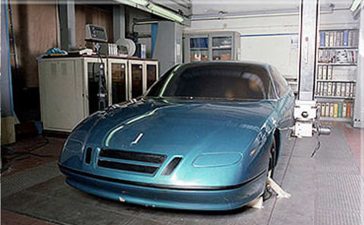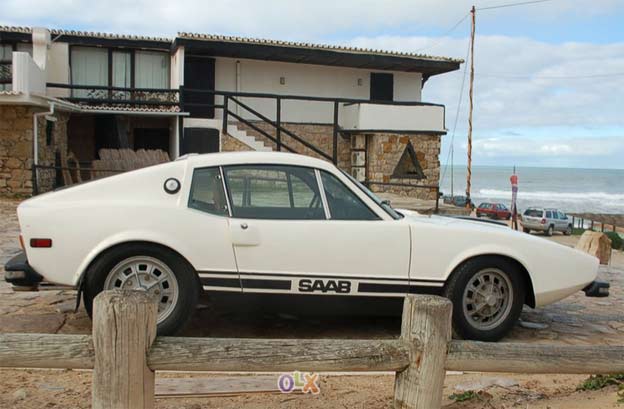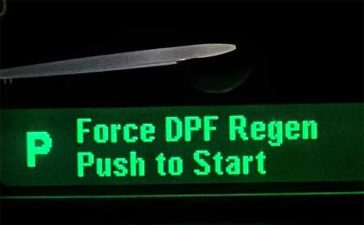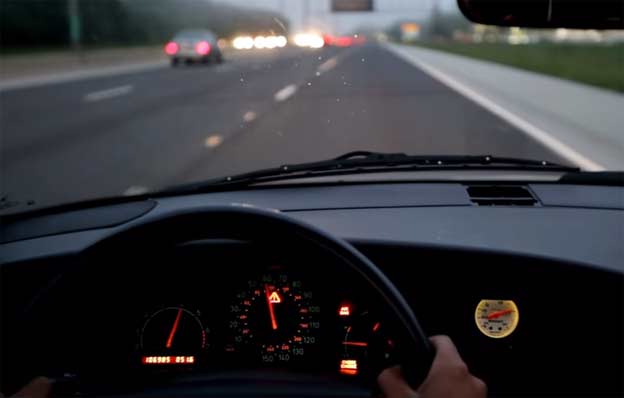At the Malmö Motor Show in 2008, a novelty from the tuning company BSR in Växjö was presented – the Saab 9-3 1.9 TiD, which can be driven on ethanol!
The conversion allows maximum utilization of environmentally friendly E95 (95% ethanol) fuel and a reduction to about half of consumption compared to a gasoline engine. Also, engine power has been increased, from 180hp diesel to even 195 hp and 410 Nm when the car is running on ethanol.
Scania has been building truck engines, basically diesel engines with a higher compression ratio, for many years. At one time, Scania built “ethanol diesel” trucks, but then BSR in Växjö showed for the first time that it was practically possible to install ethanol drive in a diesel car. Visitors to the motor show in Malmö that year, could then see the world’s first diesel car that has been converted to the environmental fuel ethanol.
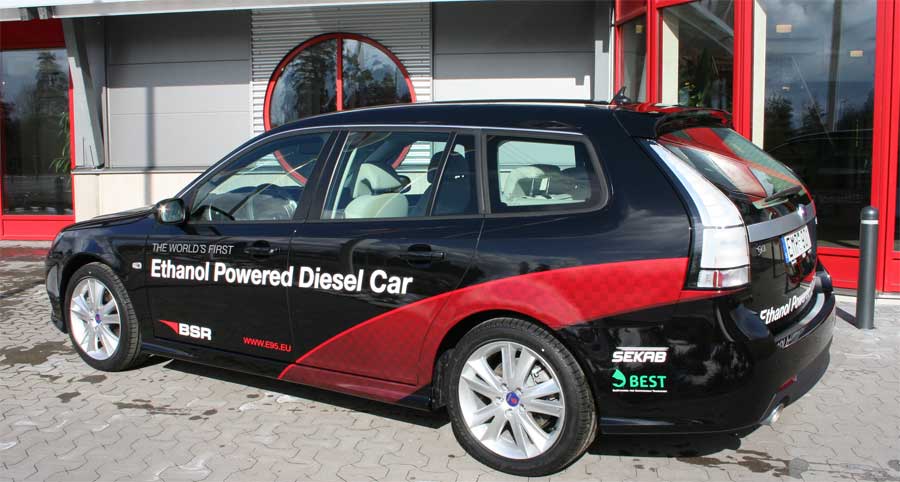
Table of Contents
Diesel Saab 9-3 Sportcombi that drives ethanol
As a demonstration project, The tuning company BSR from Växjö has optimized a Saab 9-3 Sportcombi with a diesel engine for the E95 fuel (95 percent ethanol). The result is low fuel consumption, high performance and minimal exhaust emissions. The project has been carried out together with Sekab in Örnsköldsvik, which produces and distributes bioethanol, and the EU project “BEST” (Bioethanol for Sustainable Transport).
Scania’s development manager Hasse Johansson told about Scania’s engines which, with the diesel principle and ethanol as fuel, could give an higher efficiency (43%) – shouldn’t that be something for passenger cars?
The car has Saab’s original diesel engine, where the combustion chamber, fuel system and engine software have been modified. The maximum power is stated by the BSR at 195 hp and torque peaks at 410 Nm. According to BSR, approximately the same low fuel consumption is achieved as with a conventional diesel engine, road tests show a consumption of around 5l/100km. With E95 as fuel instead of diesel, you achieve 95 percent less fossil CO2 emissions, minimal emissions of hazardous hydrocarbons and nitrogen oxides and in principle completely eliminated particulate emissions.
BSR has a long history of research in the field of greener vehicles
BSR has been working on conversions since 1997 and has been influencing the authorities for more than ten years to adapt the legislation. The result is that a change in the law that makes it possible to convert vehicles into alternative fuels is likely to take effect from 1 July that year. Less known is their environmental activity, and this company has been working in this field since 1997. In 2003, BSR optimized the world’s first rally car for the E85. A car that has become something of an icon in rally circles where now virtually the entire Swedish elite drives on E85.
Ethanol and electrification
In the same way, BSR team then wanted to show the possibilities of using ethanol as fuel for diesel cars. The project is truly remarkable, but as we can see in the next 12 years since this concept was introduced, not much has changed in this direction. True, diesel engines are generally no longer being developed, and they are moving in the direction of electrifying vehicles, ethanol has not come to life. There was obviously a technology here that could combine a renewable fuel such as ethanol with high efficiency.
Ethanol yes, but not “flexifuel”
However, The biggest disadvantage of Scania’s ethanol engines is that they are not “flexifuel”, ie cannot be run on other fuels. Nor can BSR’s Saab be driven on anything other than the E95, where an ignition improver in the form of glycol has been added. But the “little company” BSR from Växjö than has shown that there seems to be a technical, passable road to actually drive diesels cars on E95 as well.





